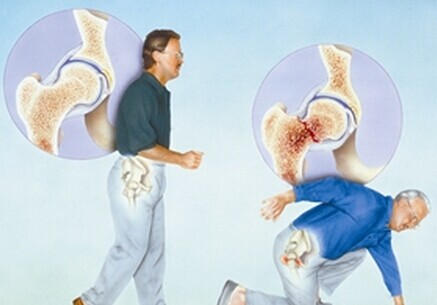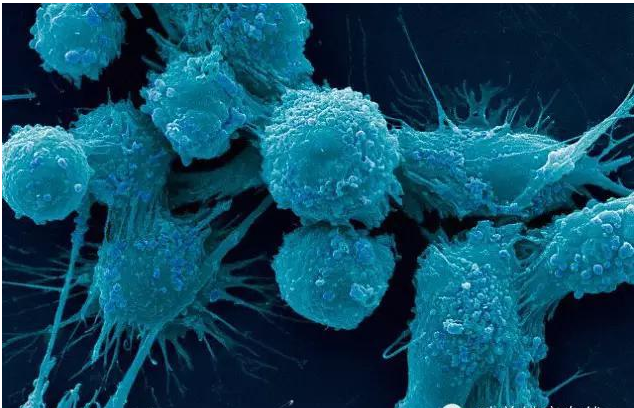Osteoporosis that osteoporosis is a group of bone disease, which is caused by a variety of reasons, the bone tissue with normal calcification, calcium salt and matrix is normal proportion, based on the amount of unit volume of bone tissue reduction characteristics of metabolic bone disease. In the majority of osteoporosis, the decrease of bone tissue is mainly due to the increase of bone resorption. To bone pain, easy to fracture characteristics.
 Scientists from the University of Granada have developed a new fluorescent dye capable of detecting, in a single test lasting 20 minutes, the presence of phosphate and biothiol inside living cells. This scientific breakthrough could contribute significantly to the early diagnosis of diseases such as osteoporosis, Alzheimer’s, type 2 diabetes, and prostate cancer, since abnormal levels of both substances are associated with these diseases.
Scientists from the University of Granada have developed a new fluorescent dye capable of detecting, in a single test lasting 20 minutes, the presence of phosphate and biothiol inside living cells. This scientific breakthrough could contribute significantly to the early diagnosis of diseases such as osteoporosis, Alzheimer’s, type 2 diabetes, and prostate cancer, since abnormal levels of both substances are associated with these diseases.
In a paper published in the academic journal Chemistry – A European Journal, the researchers, who work at the UGR’s Department of Physical Chemistry, illustrate the design, synthesis and photophysical studies carried out with this new fluorescent dye.
The main author behind the study, Luis Crovetto González, explains: “We have successfully managed to create, for the first time, a dual function dye capable of detecting both substances in the same test. Until now, this procedure has been conducted using two separate fluorescent dyes and/or two separate tests.”
The continuation of a patent from 2014
In 2014, the same research group patented a new non-invasive method that allows for the measurement, in real-time, of concentration levels of phosphate ions inside living cells. This new dye that they have developed is, in effect, the continuation of this previous research and subsequent patent.
The importance of being able to measure phosphate ions stems precisely from the fact that these measurements can be employed to assess the bioavailability of drugs used to treat certain diseases, among others, osteoporosis.
At present, the only available method for calculating the concentration levels of phosphates found inside the osteoblasts (the precursor cells of bone) is invasive, employing radioactive phosphorous, the use of which carries serious risks.
As such, the methodology developed by the UGR researchers marks a considerable scientific breakthrough. Given its significance, their paper appeared on the cover of the latest edition of Chemisty – A European Journal.



